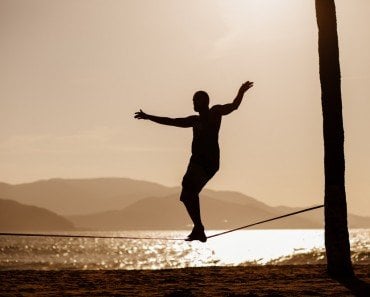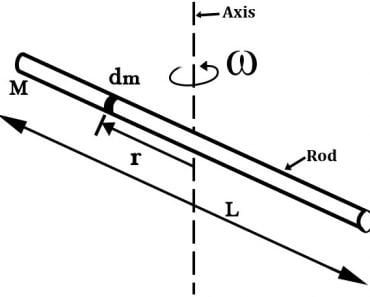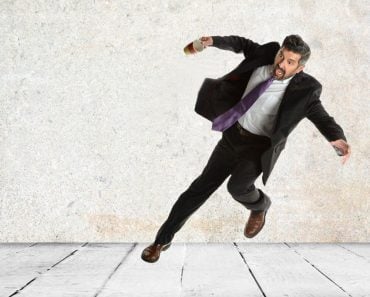The reason we extend our arms while trying to stay balanced is because it increases our moment of inertia, which makes us more resistant to any rotational movement and helps us maintain our balance.
While on a mountainous trek, there are many instances when there isn’t a clear path (let alone a road) to where we’re headed. In such moments, we tend to take certain ‘casual’ risks to reach our destination. One of the most common ‘risks’ is when folks walk over a wooden log or a metallic pipe to cross a small stream. In relatively rarer situations, people even have to walk on thin branches or ropes to reach the other side.
If you’ve ever tried any of these things, you must have observed that while treading carefully on the log, your hands extend out on either side of their accord – it’s almost instinctual!
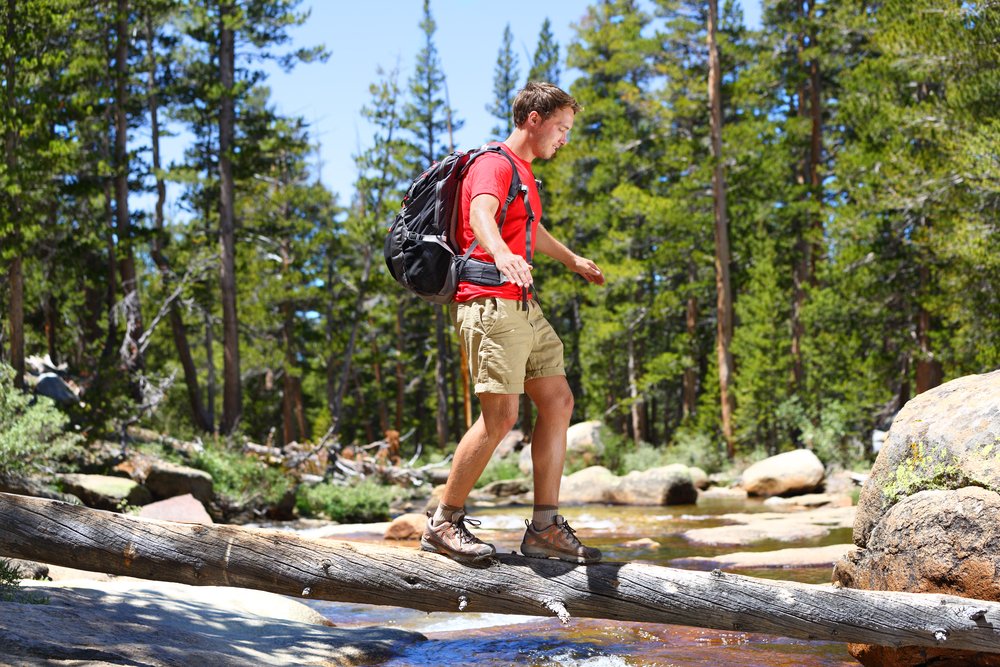
We all know that walking like this somehow helps us maintain a sure footing over the log and maintain balance while walking. However, have you ever thought about the WHY behind this?
Recommended Video for you:
Why Do Our Arms Extend On Both Sides When We’re Trying To Maintain Balance?
Short answer: Extending the arms on either side spreads more of the individual’s mass away from the pivot point, i.e., their feet. This increases their moment of inertia, which keeps the person from losing their balance and helps them maintain their balance.
Before we go any further, it helps if we understand the basic underlying phenomenon at work here.
What Is The Moment Of Inertia?
Here’s a nerdy definition of ‘moment of inertia’: when talking about a rigid body, it is a tensor that can be used to determine the torque needed to attain a desired angular acceleration about a rotational axis.
In layman’s terms, you can think of moment of inertia as an attribute of a body, which can be rotated, that lets us know how difficult/easy it is to change the rotational velocity of the body around a particular rotational axis. Also referred to as rotational inertia, ‘moment of inertia’ is basically the measure of an object’s opposition/resistance to change in its direction of rotation.

In the world of linear motion (where things move along a straight path), the mass of an object plays a crucial role in many of the forces that act on it. Similarly, in the world of rotational motion (when things move along a circular/curved path), moment of inertia is a hugely important attribute of the object in rotational motion. In fact, rotational inertia is the rotational analog of mass for linear motion.
The main takeaway from all of this is that the rotational inertia of an object plays an important role in determining the stability of an object about a given axis. In other words, it determines whether you’re going to walk over the log and safely cross the stream, or fall off in a handful of steps. To stay dry, you have to know how to smartly use it to your advantage.

The Role Of Moment Of Inertia In Maintaining Balance While Walking On A Log/rope
Since you walk across a log on your feet, they bear the entire weight of your body. That’s precisely what feet are meant to do, but things change when you’re walking on something very narrow, like a rope. In such instances, the concentrated mass of the body makes your feet turn and rotate along the rope, which is the last thing you want while delicately walking over a rope hanging above a river – or a canyon!
Note that your moment of inertia is smaller when your arms are held at your sides. In such a case, your moment of inertia (or rotational inertia) is low, so your body can’t do much to resist that rotation along the rope. The outcome:

What you have to do here is to somehow increase your moment of inertia, as it will make you more resistant towards any rotational movement along the rope, and thus keep you from losing your balance.
The simplest way to do that is to extend both your arms out on either side. By doing that, you’ll essentially spread the mass of your body away from the pivot point. Since the moment of inertia of a body depends on the distribution of mass along a rotational axis, your moment of inertia will increase.
Anything with a high moment of inertia is hard to turn (and also hard to stop turning). Therefore, your feet shall become more resistant to any rotational motion on the rope, which will help you maintain your balance while walking over it.
The longer your arms (and the bigger your palms) are, the more stable you will be while walking on such tricky surfaces. That’s why tightrope walkers carry a long ‘balancing pole’ in their hands during their performances.
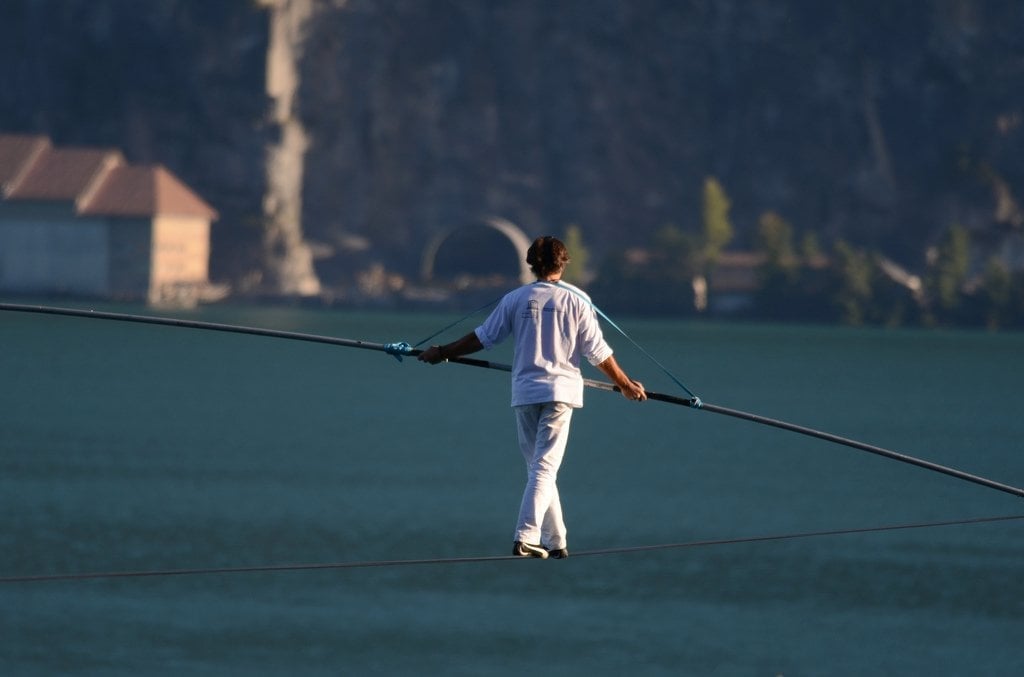
We have already discussed the use of balancing poles while walking on a tightrope in more detail in a separate article.
Fortunately for us, our arms seem to extend themselves out on our sides almost instinctively, without requiring any thinking on our part, in situations when we need to gain a strong footing and maintain balance. After all, there’s a good reason why humans are considered the smartest of all life forms on the planet! We instinctively understand physics!


